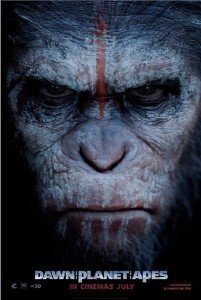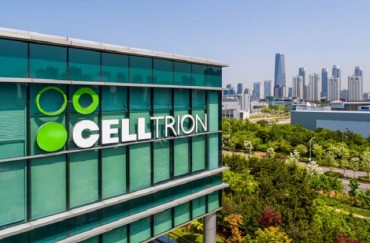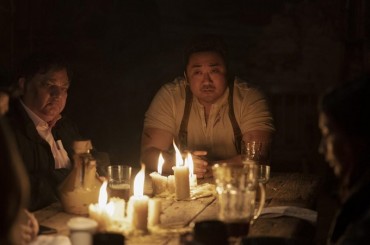
Lim Chang-eui (left) and Choi Jong-jin (right) have worked in “Weta Digital” as lighting directors in this 1,000-person shop. (image: Weta Digital)
SEOUL, June 30 (Korea Bizwire) - Computer graphics in movies are getting more important as film makers rely more and more on computer-generated imagery. In the upcoming movie Dawn of the Planet of the Apes to be released on July 16, moviegoers will be able to experience latest techniques like “Live Performance Capture” and 3D filming.
The movie goes back 10 years from the 2011 film Rise of the Planet of the Apes. The role of Caesar, the leader of the genetically evolved apes, was assumed by Andy Serkis, a British actor best known for his performance capture roles. The main storyline is that a band of human survivors of the devastating virus a decade ago brings in Dreyfus (Gary Oldman) and Malcolm (Jason Clarke) as their leaders and faces off the apes in an epic war.
The two Korean staff members of “Weta Digital,” the New Zealand digital graphic studio that took charge of the visual effect for the movie, visited Korea for the movie’s promotion. The studio was established in Wellington in 1994 when Peter Jackson of The Lord of the Rings fame created his first movie Heavenly Creatures. Lim Chang-eui and Choi Jong-jin have worked in the studio as lighting directors in this 1,000-person shop.
Q: What is the job of a senior lighting technical director in film making?
Lim: It is a job of combining scenes and images created in other departments as complete a motion picture. As it involves exquisite skills, lighting technical directors are mostly those with more than ten years of experience in this area. Whenever a CG character appears, we need to make the image more natural by using the virtual lighting so that the sense of difference from other background and other actors can be minimized.
Choi: Our main job is to create images through the process of rendering on digitized data handed to us by other departments.

Official post of the film, “Dawn of the Planet of the Apes” (image: Twentieth Century Fox Film Corporation)
Q: What’s the difference between Live Performance Capture and the existing technique of motion capture?
Lim: Motion capture involves creating images within a limited space by putting a blue or green screen behind the actors and capturing the motion, which is then retouched with computer graphic.
Choi: In contrast to motion capture that needs to take the motion of the actors in indoor sets, doing the same outdoors involves so many variables to take care of. To do that, tens of cameras must take all different facial expressions and moves of the actors wearing the newly developed head gear and velcro suit. If there is an obstacle such as a tree, we have to delete it one by one manually.
Q: What was the hardest job you ever did?
Choi: Expressing the fur of the apes. Given there are 1 million to 10 million hairs for each ape, it took a lot of time and cost. In addition, we had to express all different states of the hair, when it was wet, dry, and full of dirt or leaves. We had to do everything with our own hands, which was exceedingly time consuming.
Q: Last year there was a Korean movie called Mr. Ko relying heavily on CG. What would you want to say about it?
Choi: Hollywood movies spend huge amounts of money on each and every scene. For example, it took full seven days to express the eye stare of Caesar. In contrast, I don’t think Korean movies are that detail oriented. The only way for the Korean film industry to survive is ambitious investment in people.
Q: How is it to work in a studio like Weta Digital?
Choi: Comparing to other firms, the work intensity is very high. Sometimes we need to create small details of the image ourselves. At the end of the project, we had to spend 90 hours a week at the studio.
Lim: In other movies like The Avengers and Iron Man 3, we could work with other studios. In Dawn of the Planet of the Apes, there was no other studio to work with because they were not equipped with technology we needed. So we were on our own.
Written by Sean Chung (schung10@koreabizwire.com)
Lifestyle (Follow us @Lifestylenews_Korea)






